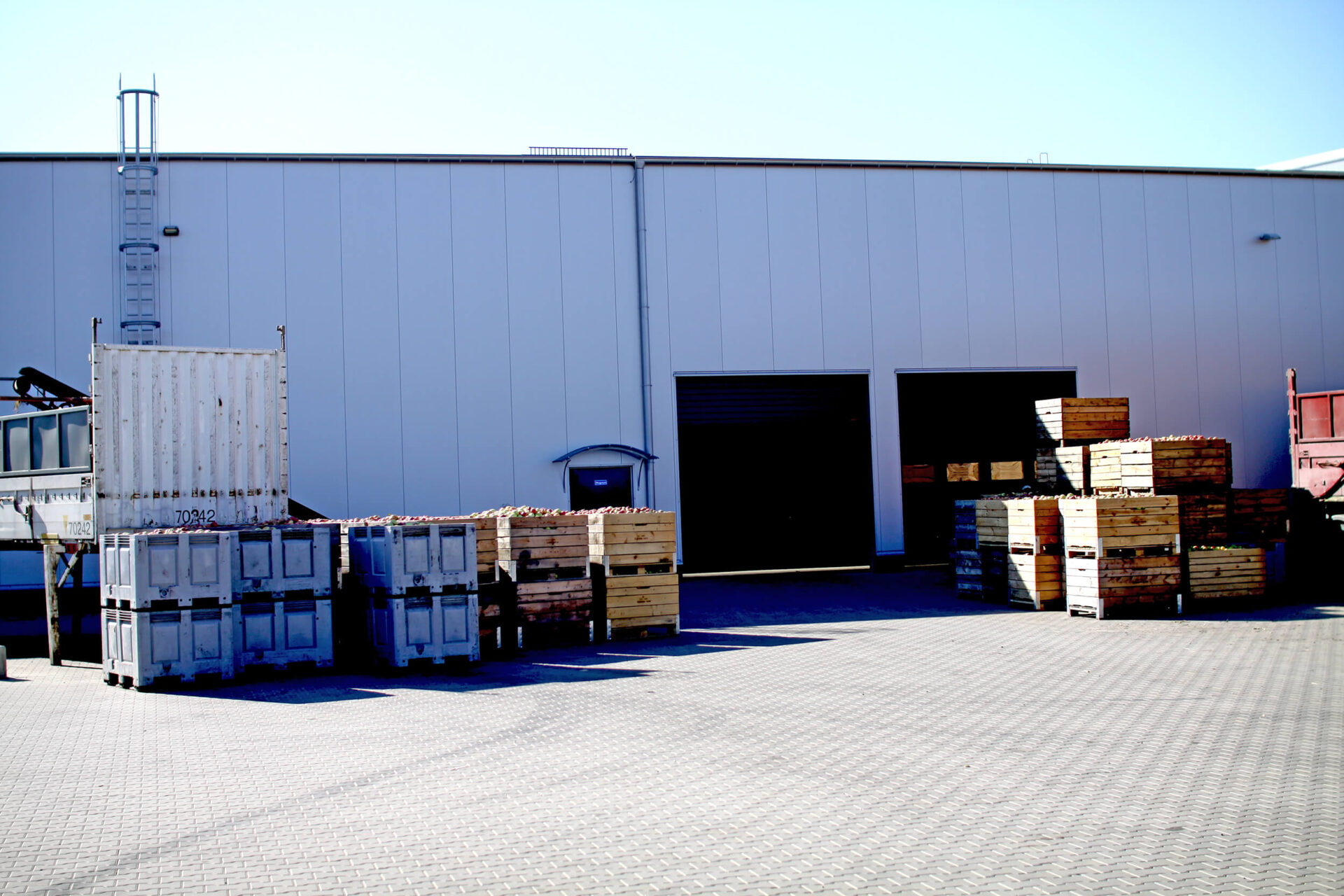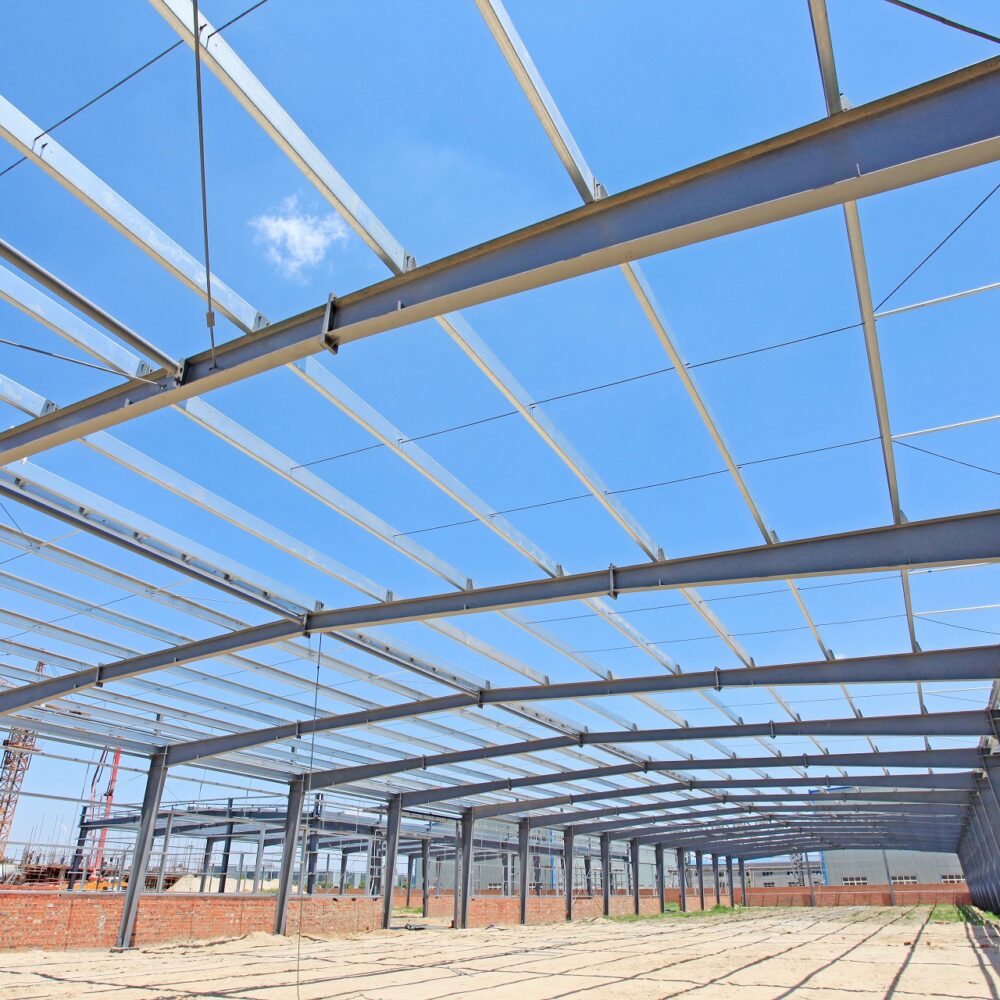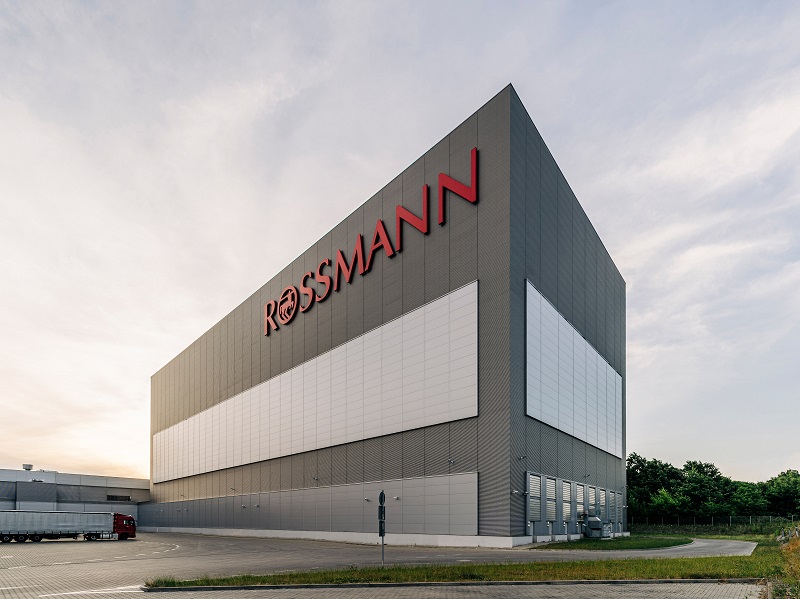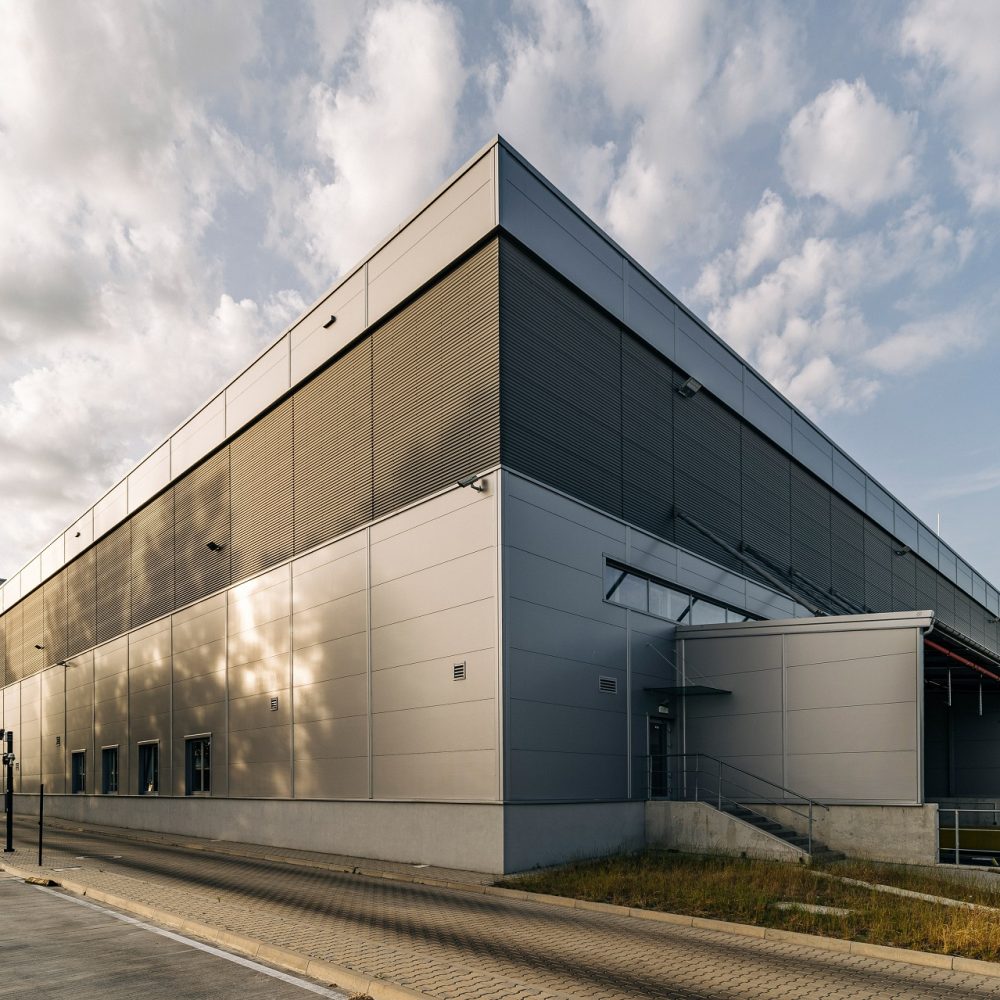
One of the characteristics of agricultural work, including fruit and vegetable harvesting, is seasonality. In Poland, due to the long and cold winter, the harvest is extremely short – on average from March, when the new vegetables appear, to October, when only frost-sensitive root vegetables remain in the fields. Once the field and orchard work is completed, the challenge for the agricultural industry becomes the storage of the harvested crop. Properly designed fruit and vegetable storage facilities and industrial cold stores serve this purpose. What should characterise the design of fruit and vegetable storage facilities? Is the construction of a cold store for agricultural purposes different from the construction of a multipurpose storage facility?
The storage of summer and autumn harvested crops is an integral part of many farms’ operations. After the harvest, some fruit and vegetables go directly to sales or temporary stores, but the vast majority are stored so that we can have access to them for the next six months. In order for them to retain their nutritional value and flavour during this time, they need to be stored in suitable conditions and specially designed facilities.
Fruit and vegetable storage facilities – what parameters to look at?
Storage temperature. The intensity of the plants’ vital processes is determined primarily by the temperature – the warmer it is, the faster the vegetables and fruit ripen. This is why the temperature at which the harvested crop is stored is one of the most important factors affecting its condition. It is assumed that the optimum temperature range for most plants is between 0 and 4°C. But the range alone is not everything – what fruit and vegetables do not like are frequent temperature spikes, so maintaining temperature regime in the form of constant heat conditions is the key. What else should be considered when preparing vegetable storage projects?
Air humidity. Another factor, besides temperature, affecting the condition of the stored crop is humidity. If humidity levels are too low, then vegetables and fruit lose their accumulated water, leading to a deterioration in the firmness of the plants, as well as a reduction in their weight and juiciness. Furthermore, too little water in plants weakens their immunity, which in turn increases the risk of harmful diseases developing.
Access to natural light. All plants in the growth phase need natural light to live. However, the situation is different after the harvest during the storage period, in which case access to natural light can harm most vegetables and fruit. Vital processes speed up and plants lose nutritional value more quickly.
Gaseous composition of air. The gaseous composition of air also plays a non-negligible role during the storage of fruit and vegetables.Controlled atmosphere (CA) – low oxygen concentration – is considered the best storage technology for these products. This is achieved with special process equipment to produce and maintain the specific gas composition. The use of controlled atmospheres makes it possible to extend the storage time of fruit or vegetables (the rate of biochemical and physiological processes leading to ripening and over-ripening is reduced), while maintaining their high nutritional, aesthetic and, consequently, commercial quality.
All these requirements in terms of properties mean that the construction of specialised cold stores, refrigeration plants or the construction of fruit and vegetable storage facilities is required for the long-term storage of agricultural produce. It is therefore worth have such projects dealt with by experts, i.e. general contractors specialising in construction of industrial halls for various branches of industry, including agriculture.
Building industrial cold stores – which design will work best?
A modern industrial cold store, for example, is a hall designed from the scratch, made of prefabricated elements in a lightweight steel construction, although there are still brick buildings or projects that adapt barns, pigsties or other outbuildings for these purposes. Sandwich panels with a mineral wool or PIR core are used for cladding the walls and roof of steel halls. Given the temperature regime of a hall, materials and building components that are not only thermally insulating but also gas-tight must be used in the design and construction of buildings for cold storage facilities. During fruit and vegetable storage or refrigeration plant projects, it is crucial to ensure that the building envelope is accurate and made to the top specs, free of thermal bridges and that the correct thermal and humidity parameters are maintained.
Costs of building cold stores for fruit and vegetables
The construction of a fruit and vegetable storage facility that meets the highest standards involves an investment of considerable financial resources. And although the surface area of such halls is usually much smaller than that of multipurpose warehouses, its specialised equipment makes the construction cost per m2 not at all lower. What determines this? A long list of requirements for modern industrial cold stores. In addition to the insulation material requirements mentioned earlier, there are a number of other requirements: suitable coatings or protection for the building materials, specialised refrigeration and ventilation systems and, therefore, the right design for their proper placement in the facility, and a specialised type of flooring to withstand low temperatures.
Access or handling systems, i.e. docks, sectional doors and cold storage doors, which on the one hand guarantee reliable operation at low temperatures and, on the other, prevent even the smallest amount of cold from being lost from the premises, also appear to be crucial when it comes to equipping a cold store or industrial freezing plant.
Fruit and vegetable storage facilities and cleaning of the premises
Wherever foodstuffs are stored, special sterility and hygiene parameters are required. Therefore, the construction materials of an industrial cold store should be easy to clean and disinfect. Comprehensive cleaning of such warehouses should be completed before each season – thorough disinfection will remove all pathogenic organisms and prevent the fruit and vegetables stored afterwards from spoiling more quickly. Note that even if the fungi growing on the walls of fruit and vegetable storage facilities do not directly cause plant diseases, the ethylene they give off accelerates the ageing of the produce and compromises its value.
Check out Commercecon’s offer: Cold store and freezer halls



